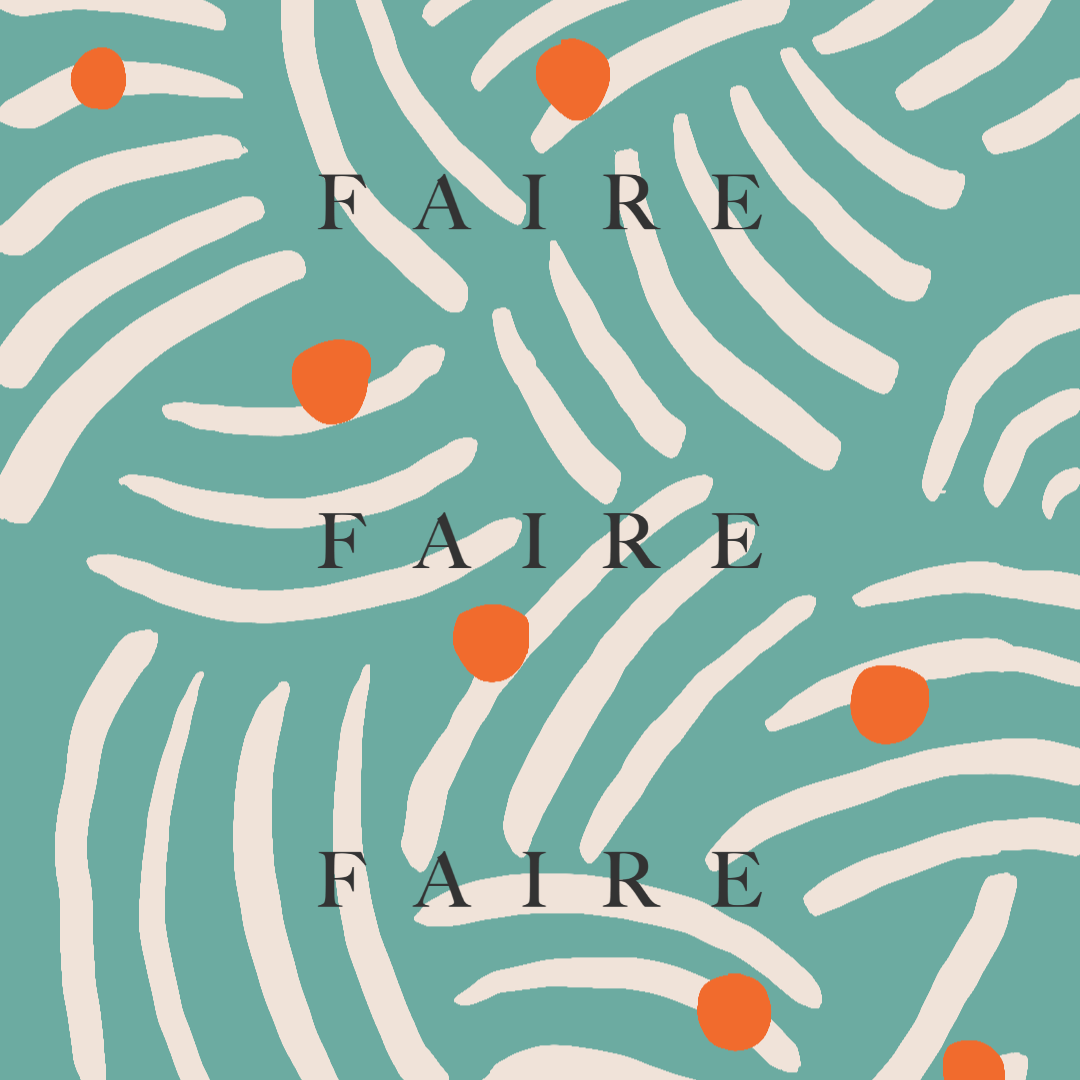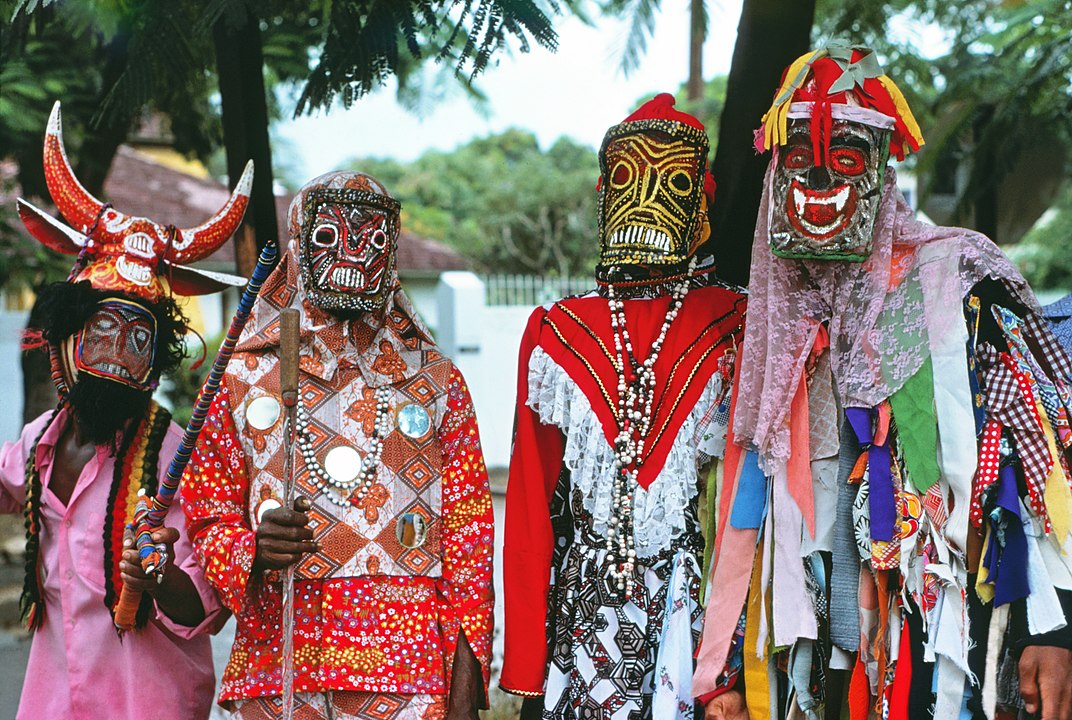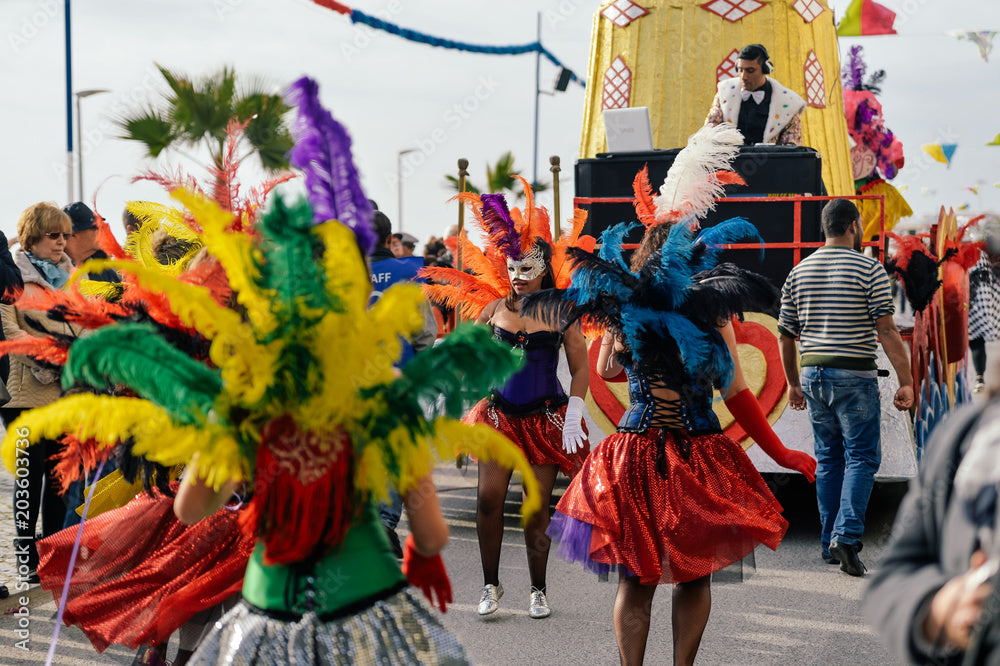
Close your eyes and feel the beat - that rhythm pulsing through the heart of the Caribbean. It's a rhythm born from the fires of resistance, carried forward on the winds of freedom. This is the soul of Caribbean Carnival, a celebration that goes far beyond feathers and fetes. It's a powerful expression of identity, a testament to the resilience of a people who refused to let their spirit be broken.
The roots of Carnival run deep, intertwined with a painful history of slavery and oppression. In the 18th century, European colonizers brought their tradition of masquerade balls to the Caribbean, but it was a celebration reserved for the elite, with enslaved Africans excluded.
Yet even in chains, the enslaved Africans found a way to resist. They created their own parallel celebration called Canboulay, from the French "cannes brûlées" or burnt cane. In the dead of night, they would gather to dance to forbidden rhythms, their bodies adorned with molasses and chains in a powerful display of unity and defiance. They mocked their oppressors with masks, asserting that their spirit could never be contained.

This spirit of resistance forms the very core of Caribbean Carnival. From Trinidad's J'ouvert to Haiti's Kanaval, these celebrations are a vibrant affirmation of Caribbean pride and resilience. In Haiti, the first Black republic born from the world's only successful slave revolt, Carnival carries an especially profound meaning.
As we immerse ourselves in the color and the rhythm of the coming celebrations, let's remember these roots. Caribbean Carnival, in all its forms, is a testament to the unbreakable spirit of a people who turned shackles into streamers, finding freedom in the very act of celebration.
This Black History Month, we invite you to join us in honoring this powerful legacy. Follow our journey as we explore the rich traditions and profound meanings behind the spectacle. Share your own Carnival stories and insights with us using #OrijinCelebrates, and let's discover together how these heritage celebrations shape our understanding of identity, beauty, and the resilience of the human spirit.
When we celebrate together, we celebrate our freedom.
Did You Know?
-
The first Caribbean Carnival took place around the late 1800s in Trinidad & Tobago.
-
Enslaved Africans were banned from participating in the European masquerade balls that were the precursor to modern Carnival.
-
The term "Canboulay" comes from the French "cannes brûlées," meaning "burnt cane," a nod to the act of enslaved people burning sugar cane fields in resistance to the plantation owners.
-
Haiti's Kanaval has its roots in the slave revolts that led to Haiti's independence in 1804.
Key Historical Moments:

Read more

Orijin is now available on Faire, a leading wholesale marketplace that connects thoughtfully curated brands with independent retailers.

In our exploration of the soul of Caribbean Carnival, we've felt the rhythm of resistance pulsing through its history. Now, let's delve into the rich tapestry of symbolism woven into every aspect o...


Leave a comment
All comments are moderated before being published.
This site is protected by hCaptcha and the hCaptcha Privacy Policy and Terms of Service apply.